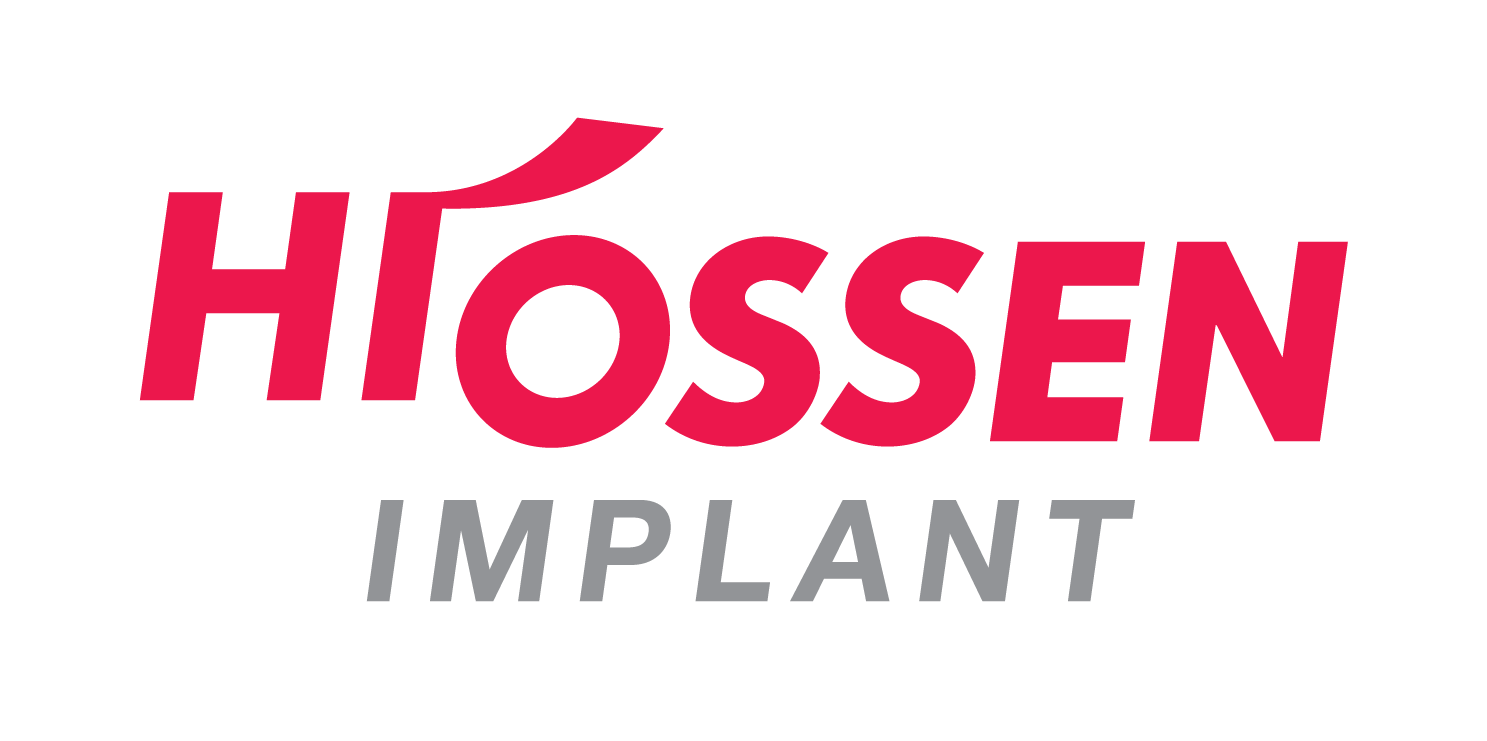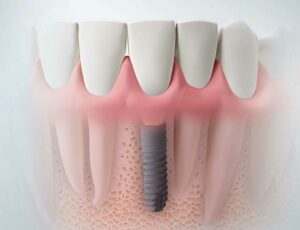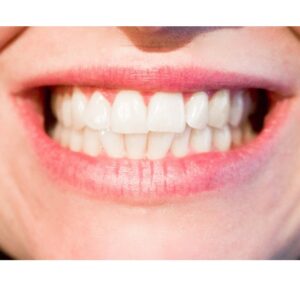When designing a dental implant in the esthetic zone, you need to consider more than its osseointegration. Dental implant esthetics will play a vital role in your patient’s happiness with their procedure — which is ultimately another determining factor in your implant solution’s success.
You can take several steps toward helping your patient achieve a look they’ll love. Use these tips as you determine how to best complement the esthetic look of your client’s natural teeth.
1. Determine the Ideal Location for the Implant Placement
Perhaps the first factor you need to consider in your dental prosthetic’s esthetics is its placement. If the implant deviates from the normal spacing of the teeth even slightly, the patient’s entire smile will look off, and the esthetics you worked so hard to achieve will be compromised.
To find the ideal location for your implant, you should consider the following three dimensions:
- Mesiodistal
- Orofacial
- Coronoapical
Further, the more your implant allows you to play with its positioning after placement, the better. By being able to make small tweaks during the tooth’s insertion, you can ensure its optimal 3D placement as compared to the rest of the patient’s teeth.
2. Choose the Best Material for the Implant
When choosing the best material for your dental implant esthetics, you’ll have several types of materials to consider. For example, zirconia is the material that induces the least tissue color changes over time, so it’s often used to improve anterior implant esthetics. However, others prefer titanium implants for their exceptional ability to integrate into the bone.
Overall, choosing an implant material is a joint effort between you and your client. After all, your patient is the one who needs to be fully satisfied with the final result. Discussing the pros and cons of each option can help you achieve the appearance your patient is looking for.
3. Complement the Surrounding Soft Tissue
When you’re restoring a dental implant in the anterior teeth, matching the contours of the surrounding soft tissue becomes increasingly essential. You can do so by carefully choosing the type of abutment you’ll use and ensuring the correct 3D placement.
You and your patient should discuss whether you’ll insert a stock or custom abutment. While stock abutments are a cost-effective option for many clients, achieving the proper contours that match their adjacent teeth is far more difficult. Instead, many dental professionals prefer custom options that allow them to complement the soft profile tissue of the contralateral tooth.
4. Blend Your Dental Implant’s Esthetics With Strength
While you should consider the esthetics of your patient’s implants, you must also examine their functionality and strength. After all, even the most beautiful dental prosthetics are useless if they cannot withstand daily wear and tear. Consider bone grafting to ensure long-term anterior implant esthetics.
By transplanting bone to the client’s jawbone, you can regenerate the bone and allow the implant to integrate correctly. A bone graft decreases the risk of the implant becoming misplaced or falling out altogether. Not only will this help the client’s prosthetic last longer, but it will also improve the esthetics of the entire face since bone loss in the jaw can lead to facial sagging.
5. Discuss Post-Implant Home Care
It’s up to you to help your patient achieve and maintain a smile they’ll love — both during the dental implant procedure and afterward. Most patients are more than willing to practice a home care routine that will help their implants last longer and look better, but many don’t know exactly what they should do. Guiding the patient in post-implant best practices is essential for improving their chances of a successful recovery.
Here are some tips you can discuss with your clients to ensure they get a look they’ll love for a lifetime:
- Follow any written post-surgery instructions, like taking antibiotics or using a special mouthwash.
- Limit stain-causing foods and drinks like red wine, coffee, tea, spinach and tomato sauce.
- Have your teeth cleaned by a dental professional every six months.
- Brush and floss your teeth — including your implants — daily.
- Avoid smoking and chewing tobacco, which can lead to bone loss and slow down healing.
- Use a mouthguard if you are prone to grinding your teeth at night.
Using the Right Tools for Dental Prosthetic Esthetics Success
The implants, equipment and surgical tools you use will all work together in your dental implant’s success. That’s why not just any implant manufacturer will do. You should research an implant system known for its anterior implant esthetics and high success rate.
As a leader in the dental implant industry, Hiossen® Implant offers safe, long-lasting implants for dental professionals around the world. We invite you to learn more about our products and how they maintain dental prosthetic esthetics by contacting us online.




